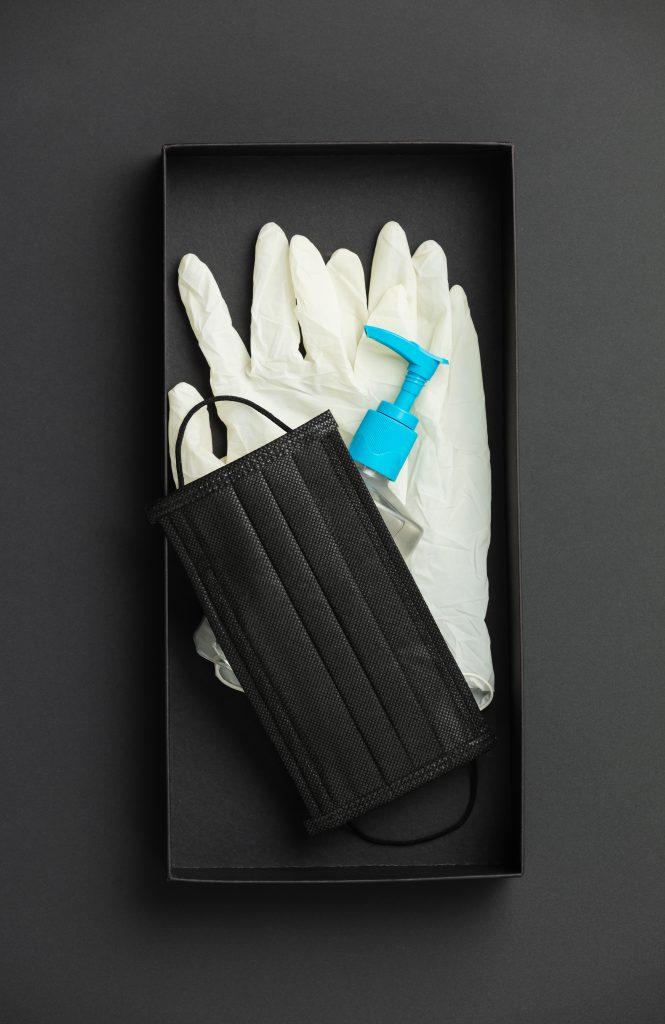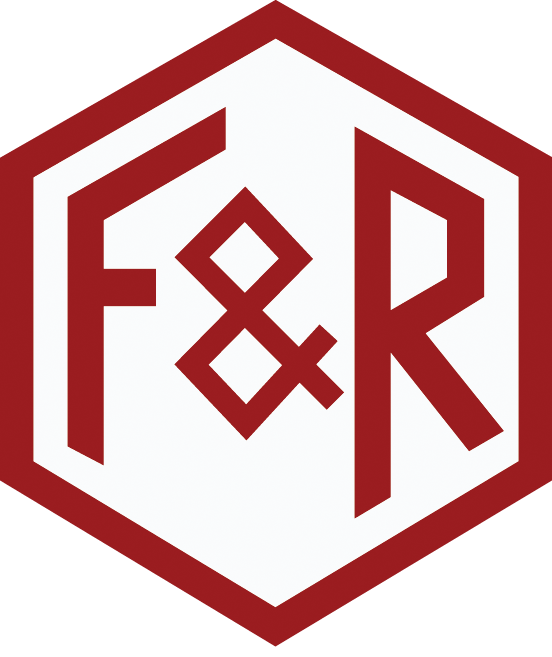
chipping away at the virus
Way back in 1979 during an OPEC induced oil crisis, gasoline prices soared at the pumps in the United States. Panic buying exacerbated the problem and soon there was not only an extreme gasoline price increase but a gasoline shortage as well. Marketing companies for automobile products took advantage of the situation and soon there was a barrage of commercials about how you could increase your gas mileage by 10 to 15% if you: had your tires balanced; rotated your tires; got new tires; changed your oil every 3,000 miles; got a tune up; drove the speed limit; on and on went the suggestions, each one guaranteed to increase your gas mileage. A popular television show at the time spoofed this marketing blitz with a segment that showed a typical American driver, who, having followed all of the tips, found himself getting such good mileage that he had to go to the pump and have gasoline removed from his car!
No Silver Bullet
While it is fun to reminisce about that “crisis” and get a chuckle out of the folksy quaintness of the story, parallels to the very real current COVID-19 pandemic are clear. There is currently no silver bullet to eradicate the COVID-19 illness caused by SARS-CoV-2. But perhaps there is a lesson that can be drawn from the story: A concept for combating the virus by what can be called “chipping away”. If we begin or continue to do the things CDC recommends, incremental reduction in transmission may make a huge difference in how quickly the virus spreads

If everyone wears a mask in public, we may see a 10% decrease in transmission; if everyone practices social distancing, we may realize a 10% decrease; if everyone wears eye protection, we may see a 10% decrease; if everyone only goes shopping or occasionally out to dinner, we may see an even greater decrease; if everyone washes their hands, well, you get the picture (note these percentages are for example only but a recent study provides some substantive information related to routine protective behaviors. Each behavior that is consistently practiced will serve to “chip away” at the potential for transmission.
The American Society of Heating, Refrigeration, and Air-conditioning Engineers (ASHRAE), the recognized leader for guidance with regards to HVAC systems, recently released the following statement. “Transmission of SARS-CoV-2 through the air is sufficiently likely that airborne exposure to the virus should be controlled. Changes to building operations, including the operation of heating, ventilating, and air-conditioning systems, can reduce airborne exposures. Regarding this topic, ASHRAE goes on to state: Ventilation and filtration provided by heating, ventilating, and air-conditioning systems can reduce the airborne concentration of SARS-CoV-2 and thus the risk of transmission through the air. Unconditioned spaces can cause thermal stress to people that may be directly life threatening and that may also lower resistance to infection. In general, disabling of heating, ventilating, and air-conditioning systems is not a recommended measure to reduce the transmission of the virus.”
Detailed guidance can be found on the ASHRAE website which includes an interactive Infographic that provides a wealth of guidance and also, here.
To briefly summarize, ASHRAE recommends:
Increase the amount of fresh air that is mixed with the conditioned air delivered to occupied spaces-there is an old adage in industrial hygiene and that is “dilution is the solution to pollution.” Introducing fresh air into a building will dilute contaminants and “chip away” at the risk of transmission.
Increase the filtration system by using air filters with higher MERV ratings (minimum efficiency reporting value). ASHRAE states that a MERV of ≥ 13 are efficient at capturing airborne viruses but goes on to recommend a MERV of 14.
There are precautions and some necessary planning associated with implementing the recommended actions; however, a discussion with your maintenance staff or your preferred mechanical systems contractor should assist you in making the appropriate choices and adjusting or modifying existing infrastructure.
One additional option for consideration is that of ultra violet, or UV for short, light. UV light has been demonstrated as an effective strategy for killing and deactivating mold, bacteria, and certain viruses. UV light has been a reliable treatment for internal surfaces of HVAC for some time; however, UV lights can be also installed into the duct work of your HVAC system to treat the conditioned air as it passes through the duct. There are stringent safety measures that must be followed if UV light is used and it is crucial that the UV light intensity and exposure duration parameters are met for proper germicidal irradiation of the passing airstream. More information and design considerations can be found here.
On the subject of UV light, there is another strategy that involves installing UV lamp systems at a height of at least 7 feet or so in occupied spaces. This approach allows normal or augmented air movement in a space to expose ambient air to UV light as a means to reduce viable contaminants. More on this subject can be obtained here.
We now believe that the COVID pandemic is not going away anytime soon. There is no silver bullet, no one end all solution to our situation. The initial efforts to flatten the curve appeared effective but protocol fatigue seems to have set in and resulted in reduced practice of recommended protective measures; cases have increased; the spread continues.
But if we continue to chip away at the virus with all the tools we have, particularly those engineering controls that can be implemented with limited involvement and effort by occupants, we can make a positive difference and, hopefully, reduce the prevalence and transmission of COVID-19 until such time as more effective options are discovered which may ultimately eradicate the virus. As with death by a thousand cuts, reduction by a thousand chips may prove successful in protecting our employees, friends, and family.

About the Authors

Glenn Hargrove and Jesse Phillips currently serve as the Practice Leaders for F&R’s Industrial Hygiene Group. Both maintain close familiarity with the rapidly developing science and best practices related to SARS-CoV-2 (COVID-19) coronavirus and have vast experience with assessments for a wide range of microbiological agents including mold, bacteria, and viruses. You can find more information on F&R’s COVID related and other environmental services here.

